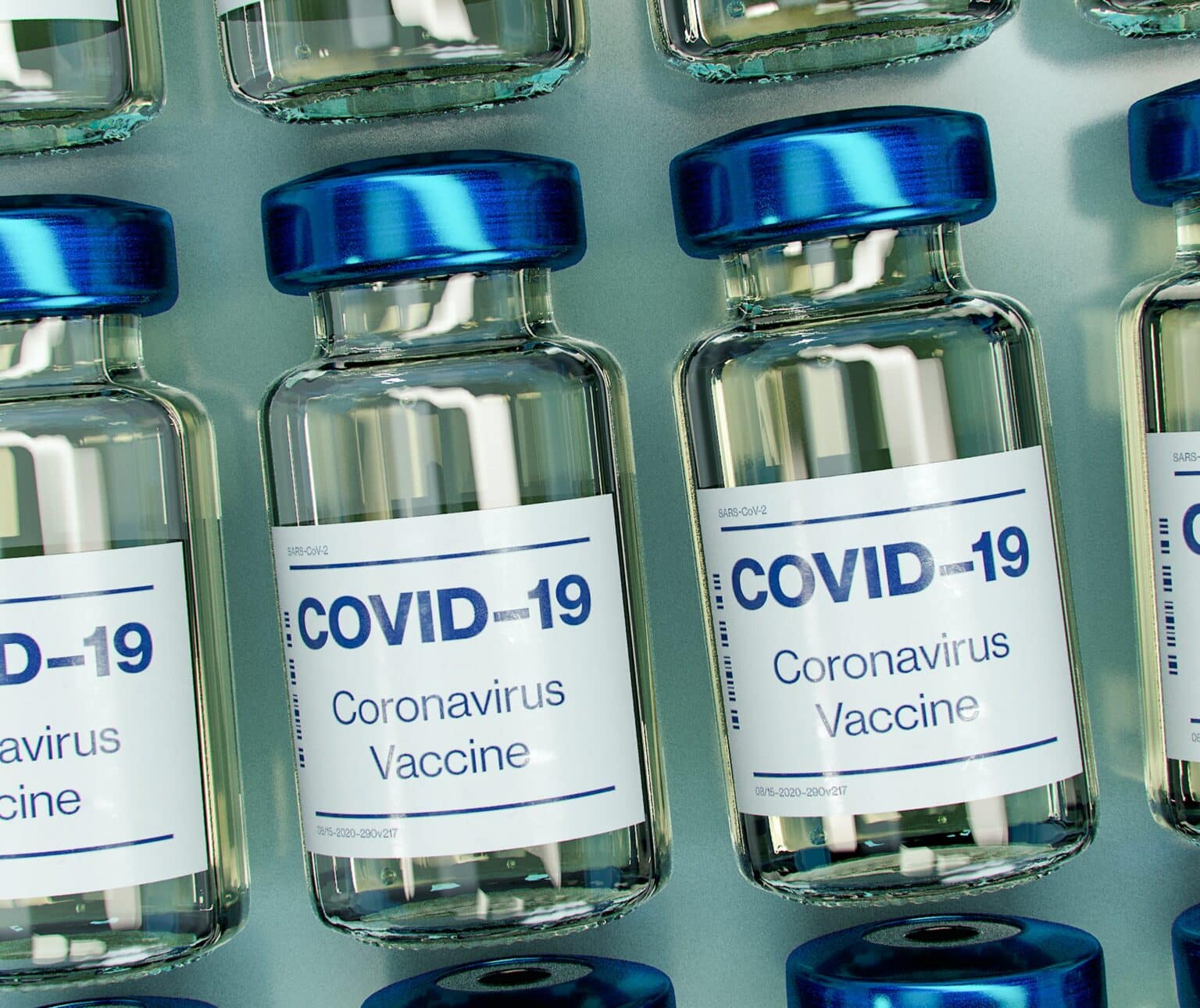President Biden on Monday told Congress he plans to end the national emergency and the public health emergency for Covid-19 on May 11.
Once ended, the federal coronavirus response to treat Covid-19 will be restructured to be treated as an endemic rather than a pandemic and be managed through public health agencies’ normal authorities.
It comes as Congressional lawmakers have already ended most elements of the emergencies, including a drawdown of most federal Covid relief money. The government has also shifted the development of vaccines and treatments away from being directly managed by the feds.
Once the Covid emergencies end, Medicare beneficiaries will generally face out-of-pocket costs for at-home testing and for treatment. However, vaccines will continue to be covered at no cost, as will any testing ordered by a health care provider.
State Medicaid programs will continue covering Covid-19 tests ordered by a physician and vaccines at no charge. Enrollees, however, may face out-of-pocket costs for treatments.
Covid-19 vaccinations will be free for those with insurance even when the public health emergency ends—although those privately insured may incur fees if they go out of network—because of various federal laws, including the Affordable Care Act (Obamacare), the Inflation Reduction Act and a 2020 Covid relief package.
Americans with private insurance have not been charged for monoclonal antibody treatment since they were prepaid by the federal government, though patients may be charged for the office visit or for administering the treatment.
“To be clear, continuation of these emergency declarations until May 11 does not impose any restriction at all on individual conduct with regard to COVID-19,” the White House said in a statement. “They do not impose mask mandates or vaccine mandates. They do not restrict school or business operations. They do not require the use of any medicines or tests in response to cases of COVID-19.”
More than 1.1 million people in the U.S. have died from Covid-19 since 2020, according to the Centers for Disease Control and Prevention, including about 3,700 last week.


